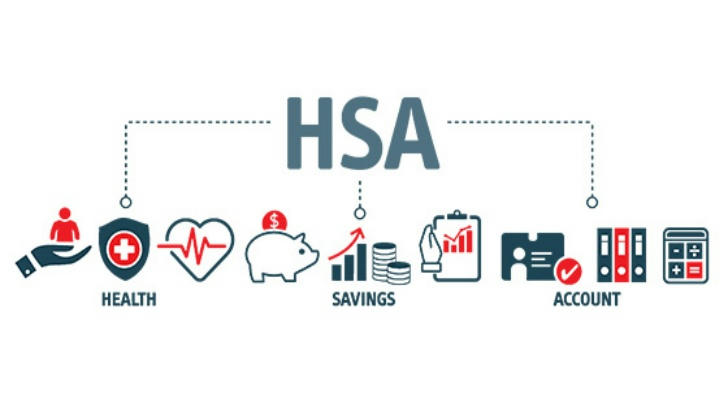Smart Tax Planning: How to Legally Minimize Your Tax Burden in the U.S.
Paying taxes is a fact of life, but that doesn’t mean you need to pay more than necessary. With smart tax planning, you can legally minimize your tax burden and keep more of your hard-earned money. The key is to take advantage of the many deductions, credits, and strategies available in the U.S. tax code. Whether you’re an employee, a freelancer, or a business owner, this guide will help you understand how to reduce your taxable income and optimize your financial health.

1. Maximize Retirement Contributions
One of the easiest and most effective ways to reduce your taxable income is by contributing to retirement accounts like a 401(k) or Traditional IRA. The money you contribute to these accounts is typically tax-deductible, which lowers your taxable income for the year.
• 401(k) Contribution Limit (2024): Up to $23,000 ($30,500 if you’re over 50)
• Traditional IRA Contribution Limit: Up to $7,000 ($8,000 if you’re over 50)
For self-employed individuals, SEP IRAs and Solo 401(k)s offer even higher contribution limits. By maxing out these accounts, you’re saving for the future while cutting your current tax bill.

2. Take Advantage of Tax Credits
Tax credits directly reduce the amount of tax you owe — dollar for dollar — making them more valuable than deductions. Some of the most common tax credits include:
• Child Tax Credit: Up to $2,000 per child under 17, with $1,600 refundable in 2024
• Earned Income Tax Credit (EITC): For low- to moderate-income workers, potentially worth up to $7,830
• American Opportunity Credit: Up to $2,500 per eligible student for college expenses
• Saver’s Credit: For low- and moderate-income taxpayers who contribute to retirement accounts, worth up to $1,000 ($2,000 for married couples)
By ensuring you claim every credit you qualify for, you can significantly lower your tax liability.
3. Deduct Business Expenses (If You’re Self-Employed)
Freelancers, gig workers, and small business owners have plenty of opportunities to deduct legitimate business expenses, reducing their taxable income. Common deductible expenses include:
• Home Office Expenses: A portion of rent, utilities, and internet if you use part of your home exclusively for business
• Mileage and Travel Costs: Gas, maintenance, and business-related travel expenses
• Equipment and Supplies: Laptops, software, office furniture, and other tools required for your work
• Professional Fees: Payments to accountants, lawyers, or consultants
Keeping detailed records and receipts ensures you don’t miss any valuable deductions when tax season rolls around.
4. Harvest Investment Losses
If you’ve made some bad investments, you can use those losses to offset your capital gains — a strategy known as tax-loss harvesting. Here’s how it works:
• Sell underperforming investments to realize a capital loss
• Use those losses to offset any capital gains you’ve made during the year
• Offset ordinary income with up to $3,000 of excess capital losses each year
If your losses exceed the $3,000 limit, you can carry the remainder forward to future tax years. This strategy can help balance your investment portfolio while minimizing your tax bill.
5. Use a Health Savings Account (HSA)

If you have a high-deductible health plan (HDHP), an HSA offers triple tax advantages:
• Contributions are tax-deductible
• Earnings grow tax-free
• Withdrawals for qualified medical expenses are tax-free
In 2024, you can contribute up to $4,150 for individuals and $8,300 for families, with an additional $1,000 catch-up contribution if you’re over 55. Even if you don’t use the funds right away, an HSA can serve as a powerful long-term savings vehicle.
6. Donate to Charity
Charitable giving not only helps causes you care about but can also lower your taxable income. To qualify for deductions:
• Donations must go to IRS-approved charitable organizations
• Keep detailed records and receipts for any contributions over $250
• Consider donating appreciated stock instead of cash — you avoid capital gains tax and get a deduction for the full market value
For those who don’t itemize deductions, the Qualified Charitable Distribution (QCD) allows individuals over 70½ to donate up to $100,000 directly from their IRA without counting it as taxable income.
7. Defer Income When Possible
If you expect to be in a lower tax bracket next year, deferring income can help minimize your tax burden. You could:
• Delay year-end bonuses to the following tax year
• Postpone invoicing clients until after December 31st
• Contribute to deferred compensation plans if your employer offers them
By shifting income to a year when your tax rate is lower, you reduce the amount you owe overall.
8. Consider Tax-Advantaged Investments
Certain types of investments offer tax benefits:
• Municipal Bonds: Interest is often exempt from federal — and sometimes state — taxes
• Roth IRA: While contributions aren’t deductible, qualified withdrawals in retirement are 100% tax-free
• 529 College Savings Plans: Contributions grow tax-free when used for qualified education expenses
Choosing the right investment vehicles can help you grow your wealth while minimizing future tax obligations.
Conclusion: Plan Today, Save Tomorrow
Smart tax planning is about understanding your financial situation and taking advantage of every legal opportunity to minimize your tax burden. By maximizing your retirement contributions, claiming every eligible credit, deducting business expenses, and strategically managing your investments, you can significantly reduce your tax liability and keep more of your hard-earned money.
It’s always wise to consult a certified tax professional or financial advisor to tailor strategies to your specific needs. With the right approach, you’ll not only ease the stress of tax season but also build a stronger, more secure financial future.
